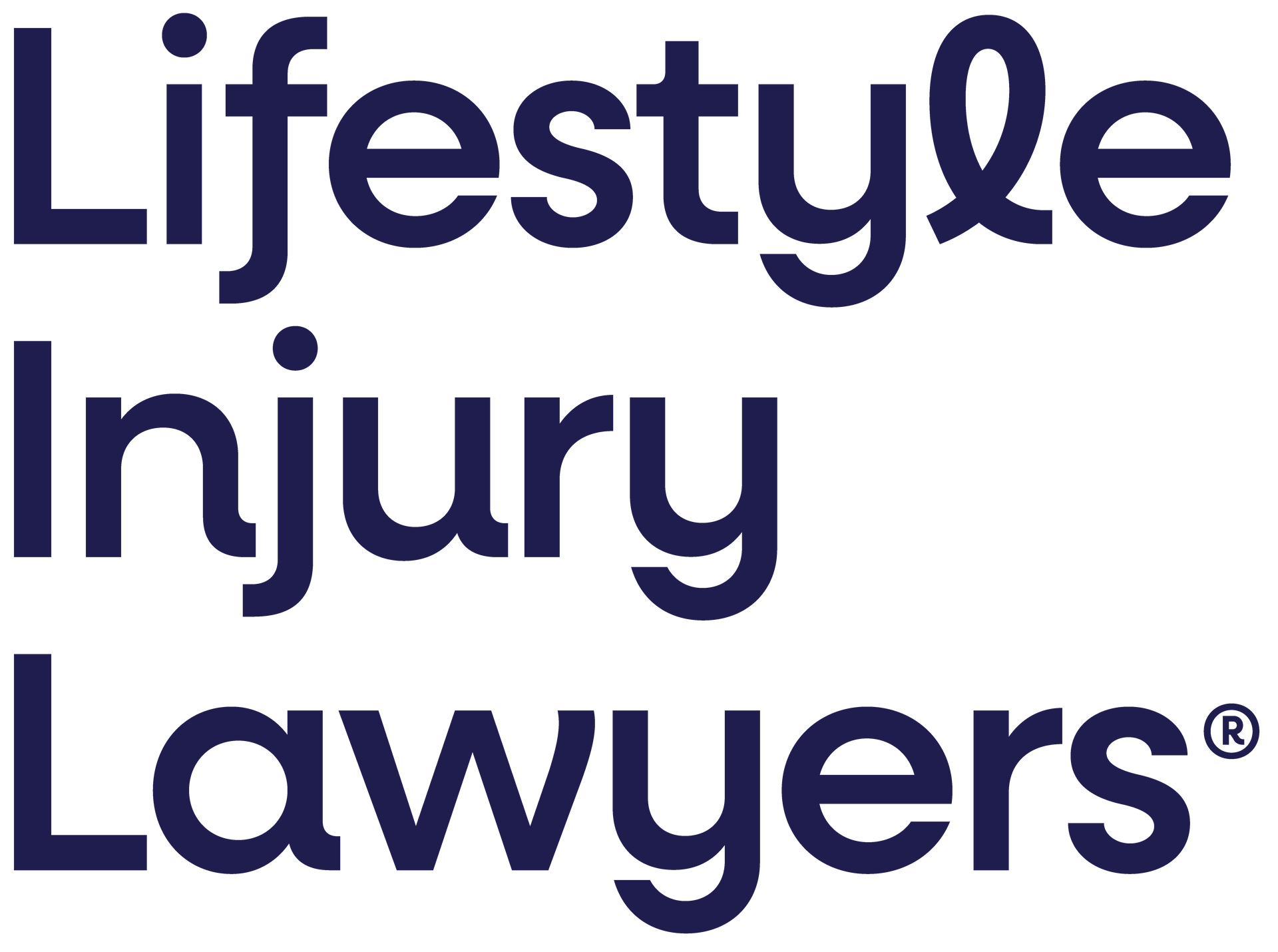By their very nature jobs in construction are some of the more dangerous occupations in Australia. The possibility of injury on a work site with many moving parts, machinery and sometimes hazardous substances is very real, despite the significant progress made in employee occupational health and safety.
When accidents occur on a construction site, they can have profound implications for both the injured worker and the site owner. This article looks at workers’ compensation claims under Queensland’s Workers Compensation and Rehabilitation Act (‘WCRA’) by those injured on a construction site, as well as the potential to make a public liability claim under the Personal Injuries Proceedings Act 2002 (‘PIPA’).
What is essential to know about workers’ compensation claims
In Queensland the WCRA is a ‘no-fault’ scheme that provides financial and medical support to workers who suffer injuries or illnesses in the course of their employment, regardless of whether or not the employer or employee was at fault.
To be eligible for workers’ compensation benefits, an injured worker must establish a link between their injury or illness and their employment. This connection – often referring to an injury being sustained in the ‘course of employment’ – is a critical threshold in determining the validity of a claim.
Under the Act, workers’ compensation benefits typically cover medical expenses, rehabilitation costs, lost wages, and lump-sum compensation for permanent impairments. These benefits aim to support injured workers during their recovery and facilitate their return to work.
It’s crucial to note that there are time limitations for lodging a workers’ compensation claim in Queensland. Generally, claims should be made within six months of the injury or diagnosis of a work-related illness. However, extensions may be granted under specific circumstances.
The possibility of a public liability claim for an injured construction worker
In addition to workers’ compensation claims, an injured worker may also have the potential to pursue a public liability claim if a third party’s negligence contributed to their injury. Public liability claims are regulated in Queensland by PIPA.
Examples of when a public liability claim might be appropriate for a construction site injury include where:
- An injury resulted from an accident that occurred at work but was caused by someone other than your employer;
- An injury resulted from an accident caused by plant, equipment, tools or products (product liability claims);
- An injury resulted from an accident caused by poor design, construction or maintenance of buildings, roads, pathways or infrastructure.
These claims are typically made against the site owner or another party responsible for site safety, such as the head contractor or a subcontractor. To succeed in a public liability claim, the injured worker must establish negligence on behalf of party they allege caused their injury. To do so involves establishing a duty of care existed between the negligent party and the injured worker, that the duty was breached and that the breach caused the injury.
Part of this process involves the claimant demonstrating that the responsible party failed to take reasonable steps to prevent the injury, even though they had a duty to do so. On a construction site, this may require evidence about inadequate safety measures, poorly maintained equipment, or insufficient training for workers causing or contributing to the injury occurring.
It’s important to be aware the respondent may, in response to the claim, argue the injured worker contributed to their own injury through negligence, inattention or even wilful disregard of safety procedures. If contributory negligence is established, the worker’s compensation may be reduced accordingly. It’s essential to consult with a legal expert if the claim is challenged by the other side.
PIPA sets out a number of requirements for public liability claims, including specific pre-court procedures about notifying the potential defendant; a mandatory conference between the parties to try and resolve the matter without going to court; encouragement to resolve the claim by allowing either party to make a formal offer of settlement, and consequences if a reasonable offer is not accepted; and limits on the legal costs that can be recovered by the successful party in a personal injury claim.
Timelines for this type of claim under PIPA include notification for pre-court proceedings within nine months of the incident date, or within one month of the plaintiff instructing a lawyer to act (whichever is earlier). There is also a strict three-year period of limitation for public liability claims in Queensland.
The intersection of workers’ compensation and public liability claims
One of the complexities in construction site injuries is determining whether to pursue a workers’ compensation claim, a public liability claim, or both. The choice often hinges on the circumstances of the injury and the parties involved.
In most cases, injured workers should first file a workers’ compensation claim. This provides immediate access to medical treatment and wage replacement, allowing an injured worker to focus on their recovery.
Where a third party’s negligence is deemed responsible for the injury, a public liability claim compensating the worker for pain and suffering and economic losses not covered by workers’ compensation may be appropriate.
Discuss your case with our compensation specialists
Navigating the complexities of either of the claims discussed in this article can take a lot of time and effort. From medical appointments to collecting evidence, filling in forms and dealing with insurers, there is a lot to do when you may still be recovering from injury. Our specialty at Lifestyle Injury Lawyers is compensation, including workers’ claims and public liability claims. If you’ve been injured in the workplace and are unsure about some of the details mentioned in this article, call our personal injury lawyers today for a first-up chat about your situation.

